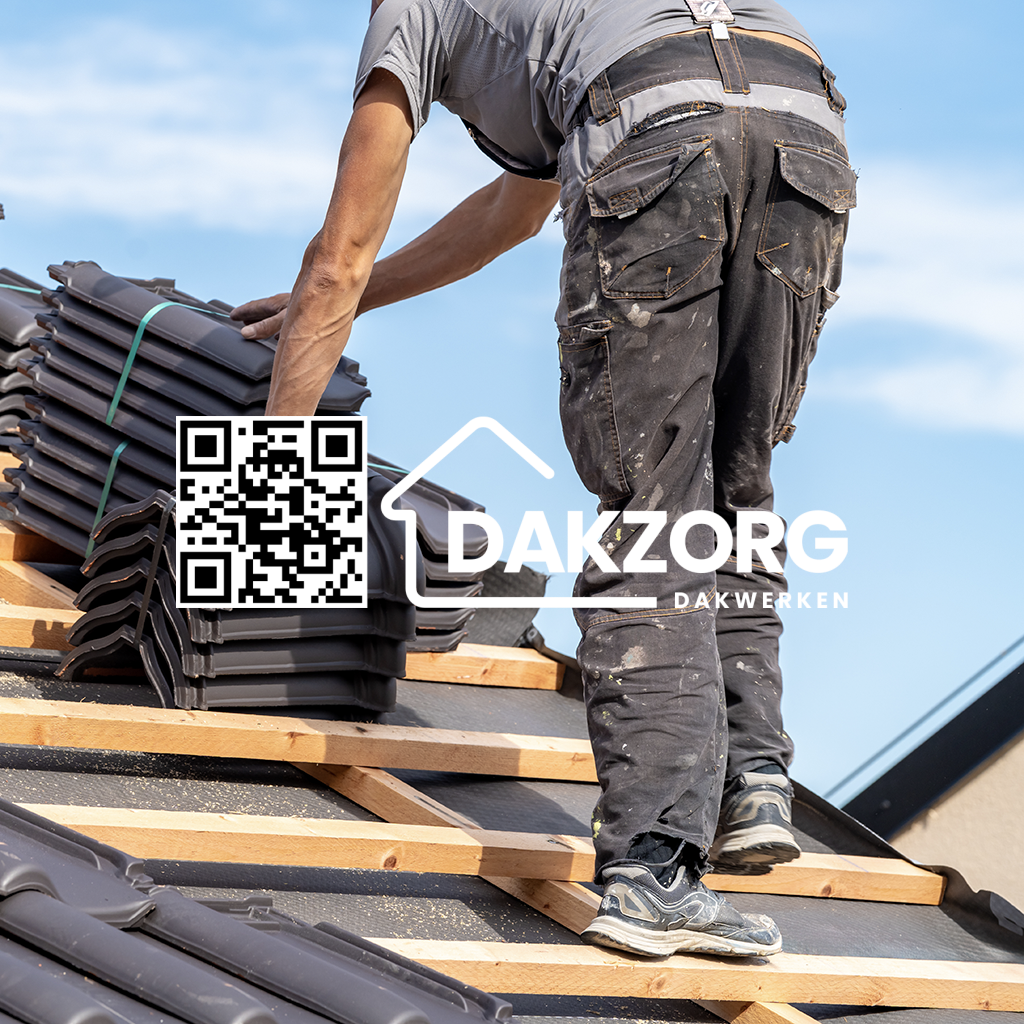Introduction
When embarking on a roof construction project in the Netherlands, understanding the local building regulations is crucial. Navigating Dutch Building Regulations for Roof Construction can seem overwhelming at first glance, but with the right guidance, it becomes manageable. This article serves as your comprehensive guide, breaking down complex rules and providing insights into best practices.
The Dutch have strict building codes designed to ensure safety, functionality, and aesthetic harmony within communities. From residential homes to commercial buildings, every roofing contractor structure must adhere to these regulations. Not only do they dictate how a roof should be constructed, but they also address issues like energy efficiency and environmental impact. So, let’s dive into the essential components of these regulations!
Navigating Dutch Building Regulations for Roof Construction
Understanding the Dutch building regulations starts with familiarizing yourself with the Bouwbesluit, or Building Decree. This document lays the groundwork for all construction activities in the Netherlands. It covers various aspects such as structural integrity, materials used, safety measures, and sustainability.
What is the Bouwbesluit?
The Bouwbesluit is a comprehensive framework that governs building practices across the country. It specifies:
- Technical requirements: Standards for construction materials and methods. Safety standards: Guidelines for fire safety and structural stability. Sustainability goals: Objectives aimed at reducing energy consumption.
By adhering to these standards, builders contribute to safer and more environmentally friendly structures.
Key Components of Dutch Building Regulations
1. Structural Integrity Requirements
Every roof must be built to withstand various stresses from weather elements like wind and snow. The specific requirements can vary based on location and roof design.
2. Energy Efficiency Standards
The Netherlands is committed to sustainability; hence energy efficiency plays a significant role in roof construction regulations. Builders often need to install insulation materials that meet specific thermal resistance (R-value) standards.
3. Safety Protocols
Safety isn't just about keeping buildings standing; it also includes fire safety measures such as fire-resistant materials for roofs and proper escape routes in case of emergencies.
4. Environmental Impact Assessments
Depending on your project's size, you may need to conduct an environmental impact assessment (EIA), which evaluates potential effects on flora and fauna during construction.
Types of Roofs Covered Under Regulations
Dutch building regulations apply to various types of roofs including:
1. Flat Roofs
Flat roofs are common in both residential and commercial buildings in the Netherlands due to their modern aesthetics and efficient water drainage systems.
2. Pitched Roofs
These roofs are characterized by their sloping surfaces that facilitate water runoff. They often require additional structural considerations given their design complexity.

3. Green Roofs
With sustainability gaining traction, green roofs are becoming popular. These require adherence to specific guidelines regarding plant selection and drainage systems.
Permits Required for Roof Construction
Before starting any construction work on your roof, you'll likely need several permits or approvals:
1. Building Permit (Omgevingsvergunning)
This is perhaps the most critical permit you’ll require when navigating Dutch building regulations for roof construction:
- Required for significant changes or new constructions. Must be submitted before commencing work.
2. Environmental Permits
If your project impacts protected areas or involves significant ecological changes, you may need additional permits related to environmental protection laws.
Steps to Apply for Building Permits
Navigating through the application process can seem daunting; however, here’s a simplified step-by-step guide:
Gather Documentation: Prepare architectural plans detailing your proposed roofing project. Submit Application: File your application online with your local municipality. Await Approval: The review process typically takes up to 8 weeks. Commence Work: Once approved, you can begin construction according to submitted plans.Common Challenges in Compliance with Dutch Regulations
While navigating through these regulations, builders often encounter challenges such as:
1. Understanding Local Variations
Each municipality may have slightly different interpretations of national standards.
2. Cost Implications
Adhering strictly to environmental laws or safety protocols may increase overall costs significantly.
3. Time Delays
Permit approval processes can lead to delays that disrupt project timelines if not managed properly.
Best Practices for Compliant Roof Construction
To ensure compliance while navigating Dutch building regulations for roof construction:
1. Engage Professionals Early
Consult architects or engineers familiar with local laws from the start of your project.
2. Stay Updated
Building codes change regularly; make sure you’re aware of any recent amendments or updates relevant to your project.
3. Document Everything
Keep detailed records of all communications regarding permits and inspections throughout your project timeline.
Roof Materials: What You Need To Know?
Choosing appropriate materials is essential not only for aesthetics but also for compliance with local standards:
1. Traditional Roofing Materials
Materials like clay tiles or slate offer durability but come with higher installation costs compared to modern alternatives.
2. Modern Eco-Friendly Options
Consider using recycled materials or sustainable options like metal roofing which align well with energy efficiency goals outlined in Dutch regulations.
Fire Safety Considerations in Roof Design
Fire safety is paramount when constructing roofs in any country; however, Dutch laws impose stricter guidelines than many might expect:

1. Fire-Resistant Materials
Ensure that chosen roofing materials have adequate fire ratings as per local requirements—this often means selecting materials specifically labeled as “fire-resistant.”
![]()
2. Installation Practices
Proper installation techniques must be followed meticulously so that fire barriers are effectively created within roofing systems where necessary.
FAQ Section
1) Are all roofing projects subject to building permits?
Yes! Most significant alterations necessitate a building permit under Dutch law unless specified otherwise by local municipalities.
2) How long does it take usually for a permit approval?
Typically around eight weeks; however, this timeframe may extend depending on complexity or required assessments like EIAs (Environmental Impact Assessments).
3) Can I use foreign materials?
While it’s possible primarily if those comply with EU standards; always check local codes first because some regions might enforce specific dakzorg.blob.core.windows.net restrictions!
4) Is hiring an architect mandatory?
Not necessarily; however engaging one greatly enhances compliance assurance especially if you're unfamiliar with rigorous regulatory landscapes!
5) How do I find out about regional variations?
Contacting your municipal office directly can provide information regarding any localized rules differing from national ones!
6) What happens if I don't comply?
Non-compliance may lead ultimately result penalties including fines or forced removal/reconstruction efforts imposed by authorities!
Conclusion
Navigating Dutch Building Regulations for Roof Construction doesn't have to be an uphill battle! By understanding key components like structural integrity requirements and necessary permits while employing best practices throughout your project lifecycle—you'll set yourself up not only successfully meet legal obligations but create safe durable roofs too!
Embrace these guidelines front-on; after all robust architecture not only enhances individual properties but contributes positively towards communities—making them safer places altogether!